In the late 1950s strange new sounds were broadcast, drifting out of the radio and through the TV into millions of homes—all courtesy of the BBC. Theme tunes, special effects, soundtracks and even radio idents for local BBC stations all hummed to an electronic, modified beat. The studio responsible was the soon-to-be-famous BBC Radiophonic Workshop.
Studio producer Daphne Oram had been trying to get the BBC to create a facility to produce electronic sounds and musique concrète, a technique which took recorded sounds and modified them by slowing down, speeding up or playing them backwards, before layering them to create a sound montage. New sound arrangements were even created by cutting up the audio tape and sticking it back together (known as splicing) in a different order, then replaying the new looped tape. Tape loops could be several metres long to contain all the sounds needed for the piece they were working on.
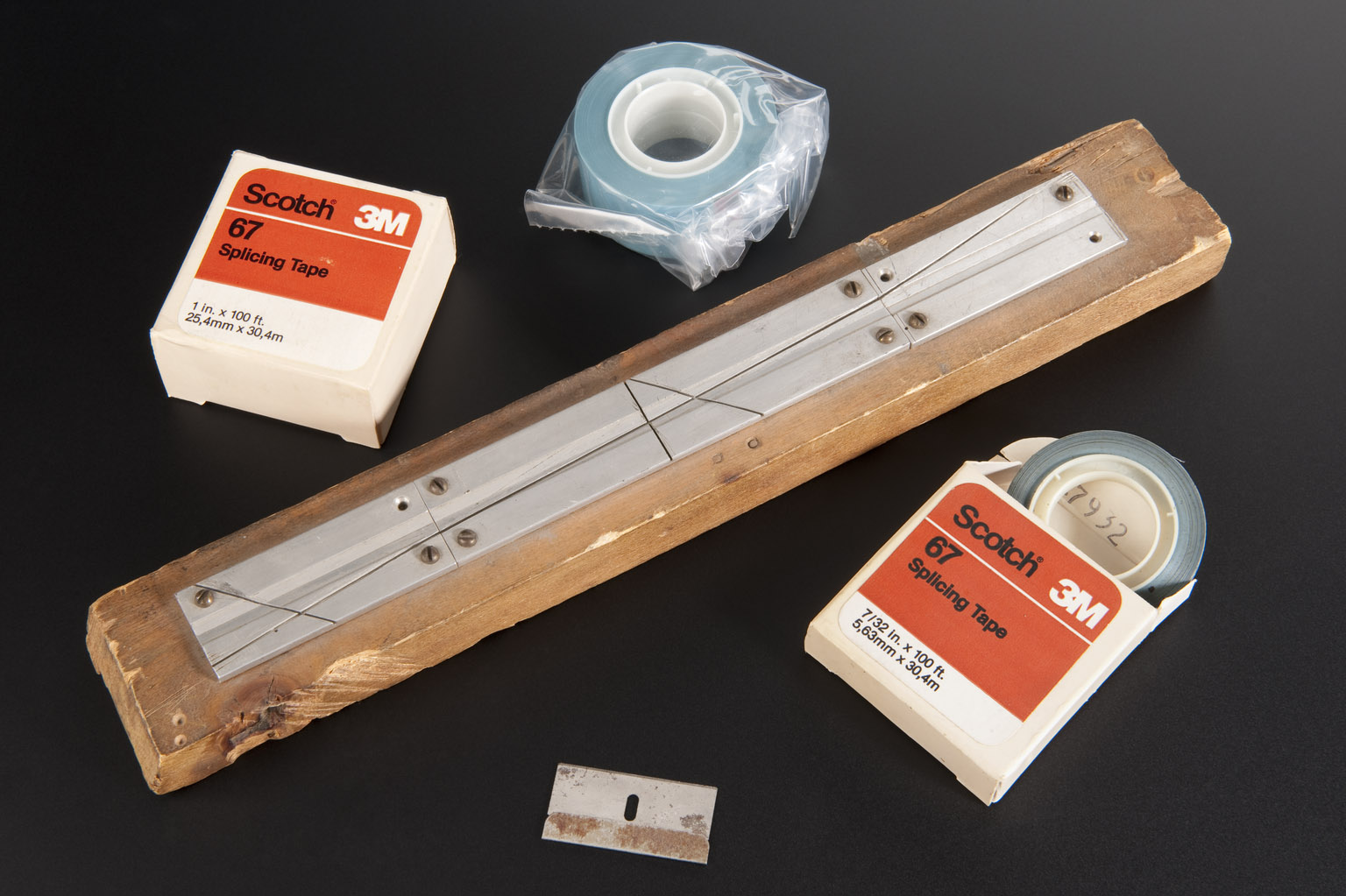
In 1957, Oram and colleague Desmond Briscoe successfully produced a series of radio programmes for the BBC Drama Department, demonstrating how these techniques could be used. This, combined with their persistent lobbying, led to the formal creation of the unit on 1 April 1958 in the BBC’s Maida Vale studio in London.
The BBC did not give the workshop a large budget, but this didn’t discourage the staff. The basis of their work was the manipulation of recorded sound, so it didn’t matter that there weren’t lots of musical instruments. Anything could be made to make a sound which could be sped up, slowed down or spliced together to create something new. Many bits and bobs were rescued from bins, skips and the BBC’s junk room, recycling rubbish and things that were no longer needed into new sonic possibilities.
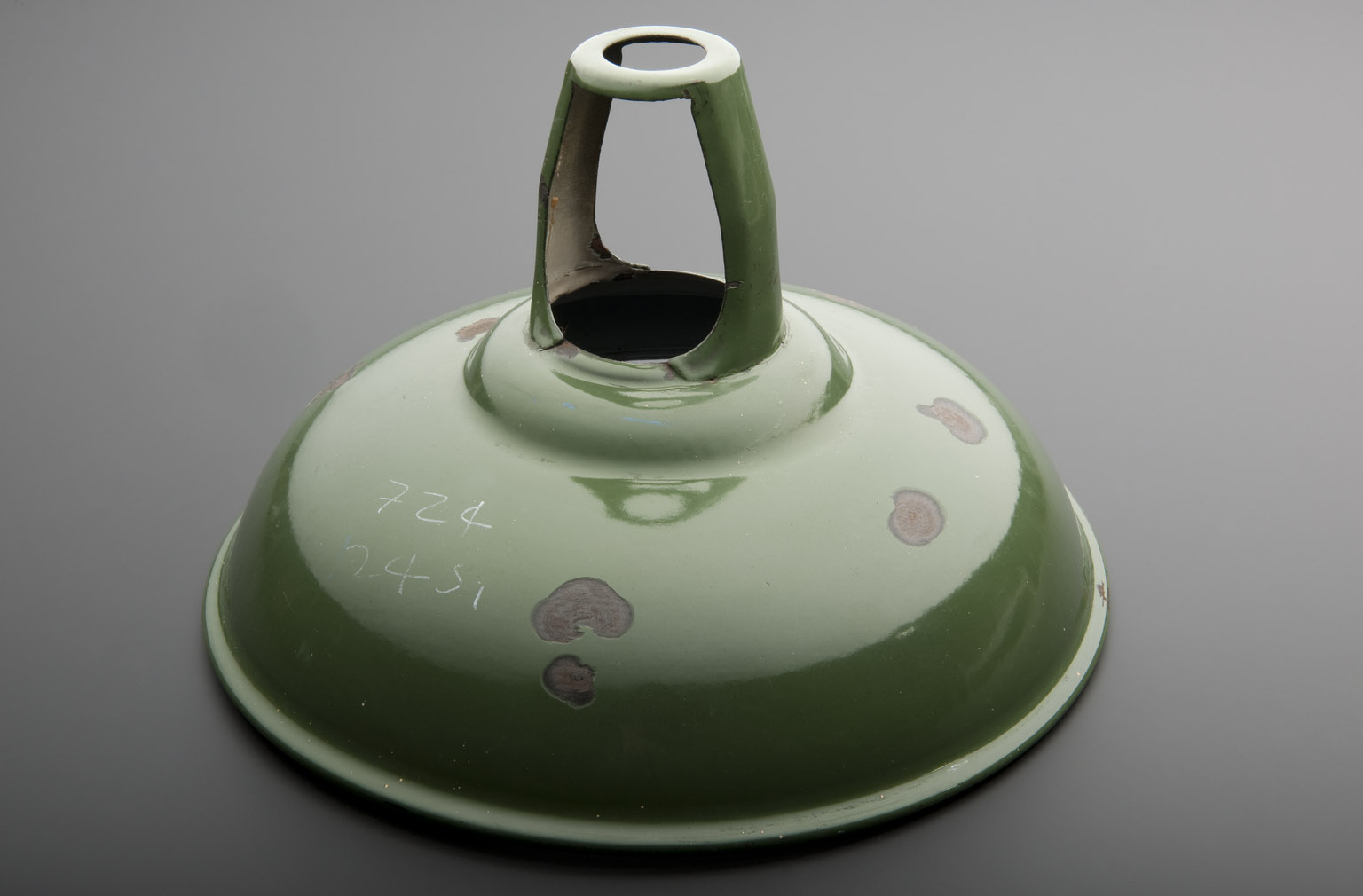
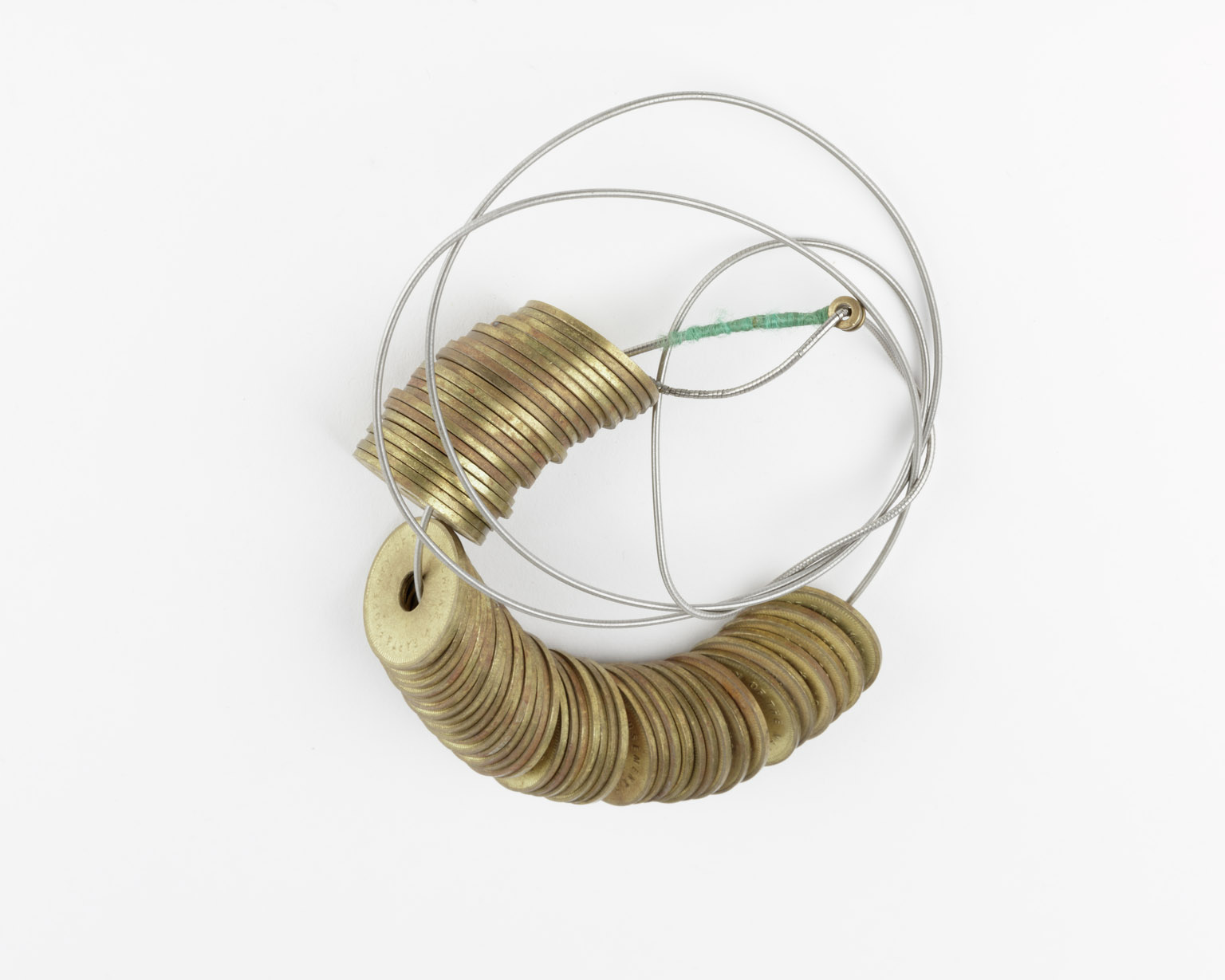
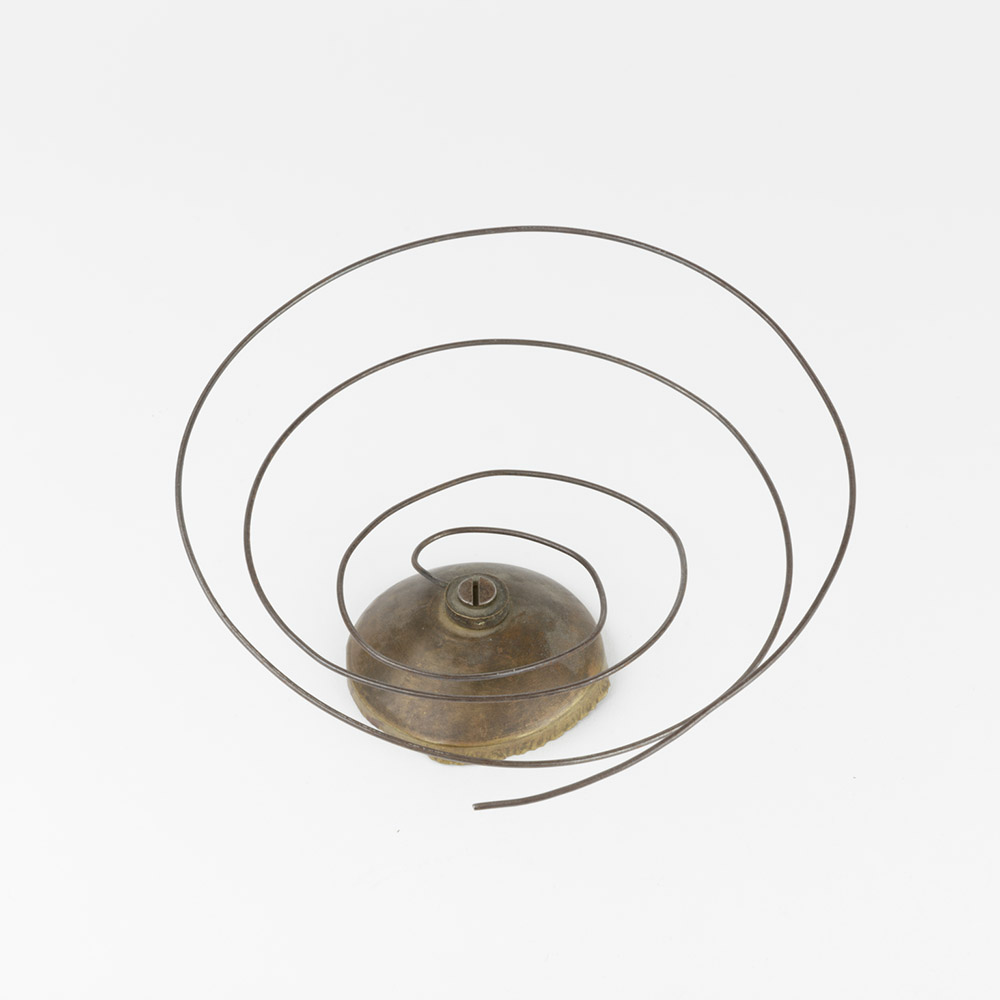
As well as raiding the BBC’s bins, the Radiophonic Workshop ‘acquired’ as many test oscillators as possible from other departments. In addition, the workshop had access to what they called a ‘wobbulator’, a frequency modulated sine-wave oscillator. Ordinarily, it was used to test electrical equipment or measure the acoustic properties of sound studios, but it was repurposed to create swishy, space-like sounds in the hands of the Radiophonic Workshop.
The unit had a range of more ‘traditional’ musical instruments like gongs, tambourines, swannee whistles and hand bells at their disposal too. They also had a large selection of beaters and drumsticks to produce different effects from the same instrument or object. The sounds they made were modified and spliced too, so even if it started as a whistle sound, it might not have ended up that way on a soundtrack.

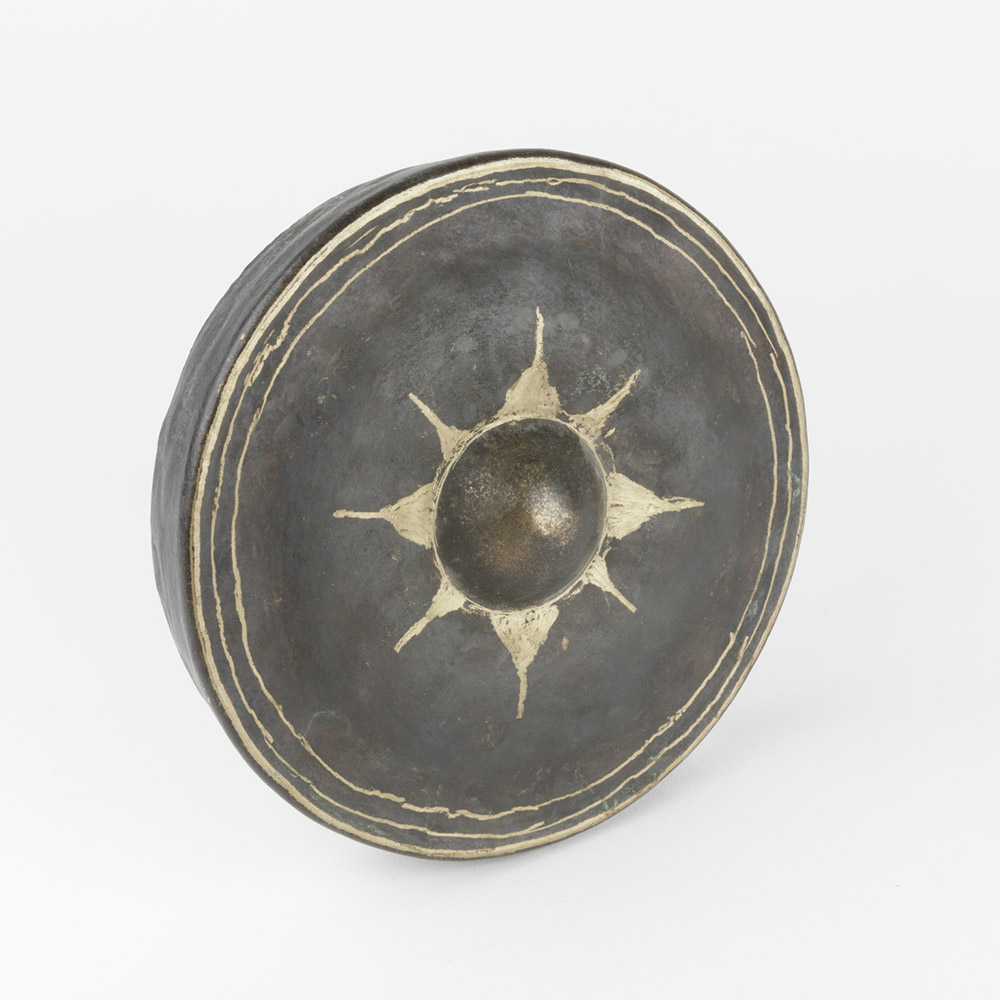
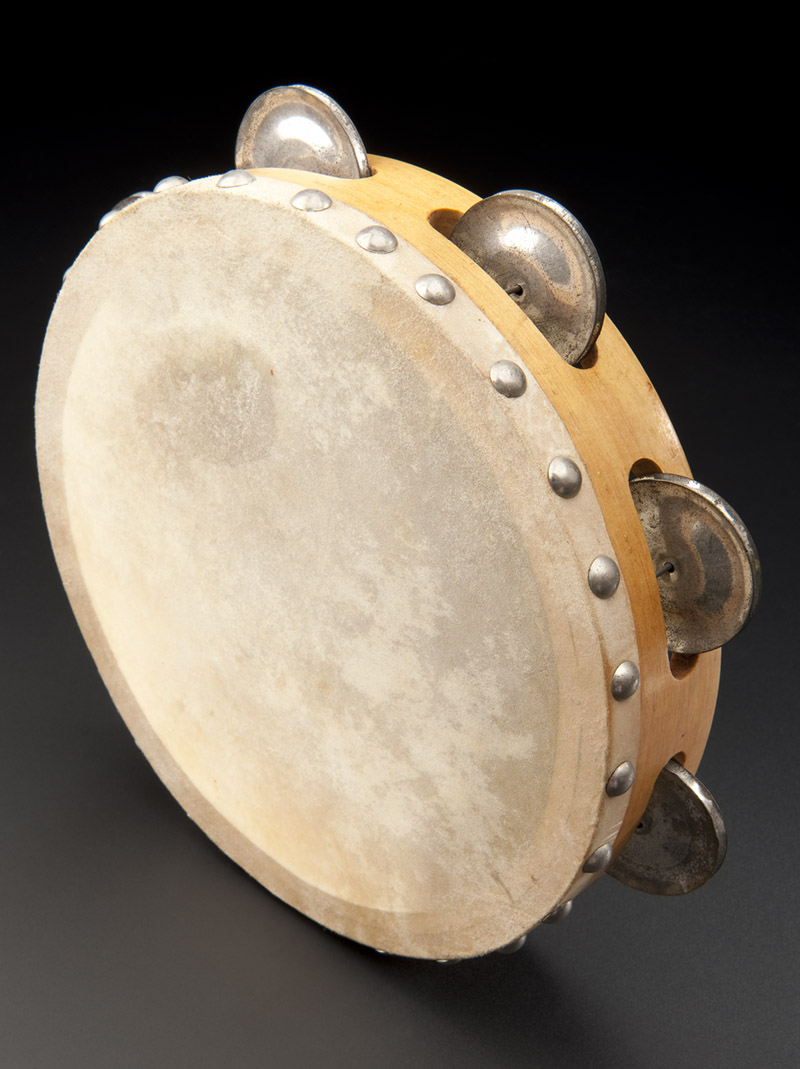
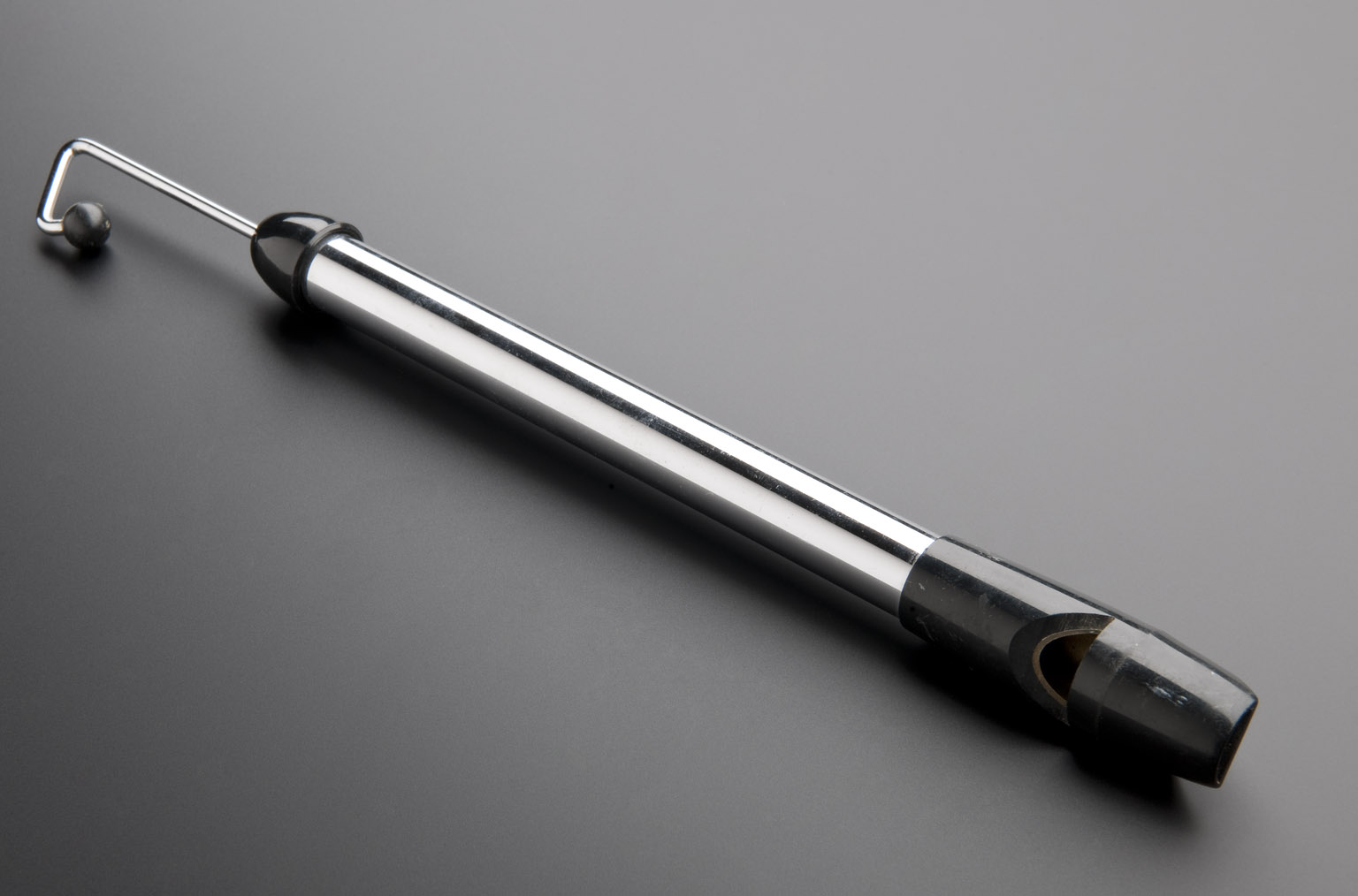
In the early 1960s, the Radiophonic Workshop were responsible for two standout works: the Doctor Who theme by Delia Derbyshire and ‘Time Beat’ by Maddelena Fagandini.
Derbyshire joined the BBC in 1960 as a trainee studio manager before transferring to the workshop, where she spent the rest of her BBC career, in 1962. The story of the creation of the 1963 Doctor Who theme tune is quite well known, with Ron Grainer composing a theme and passing to Derbyshire to realise in electronic form. The strong bassline was coupled with effects, suggested by Grainer, that replicated ‘clouds’ and ‘wind bubbles’. This led to the creation of one of the most easily recognisable theme tunes on telly.
Due to the success of the theme, as well as music for Know Your Car, Inventions: Amor Dei and ‘Blue Veils and Golden Sands’ for The World Around Us series, Derbyshire became a highly respected member of the workshop among BBC higher management.
Another member of the workshop who was heard, but not seen, was Maddelena Fagandini. Her original interval signal jingle caught the attention of soon-to-be Beatles producer George Martin, who created a super catchy hit called ‘Time Beat’ With its B-side ‘Waltz in Space’, it became the first commercial hit for the Radiophonic Workshop, although neither they nor Maddelena Fagandini could be named on the hit due to BBC rules. Fagandini used the name ‘Ray Cathode’, a not-so-subtle nod to cathode ray tubes.
In the 1970s the Radiophonic Workshop bought its first commercially produced synthesizer, the EMS VCS 3, soon followed by the ‘Delaware’ EMS Synthi. Gradually the synthesizer took over as the main method of composing music and sounds for BBC productions, and fewer and fewer sounds were being spliced and manipulated. The ability to embrace new technologies to realise their compositions, effects and soundscapes ensured the high-quality output of the Radiophonic Workshop, until their eventual closure in 1998.
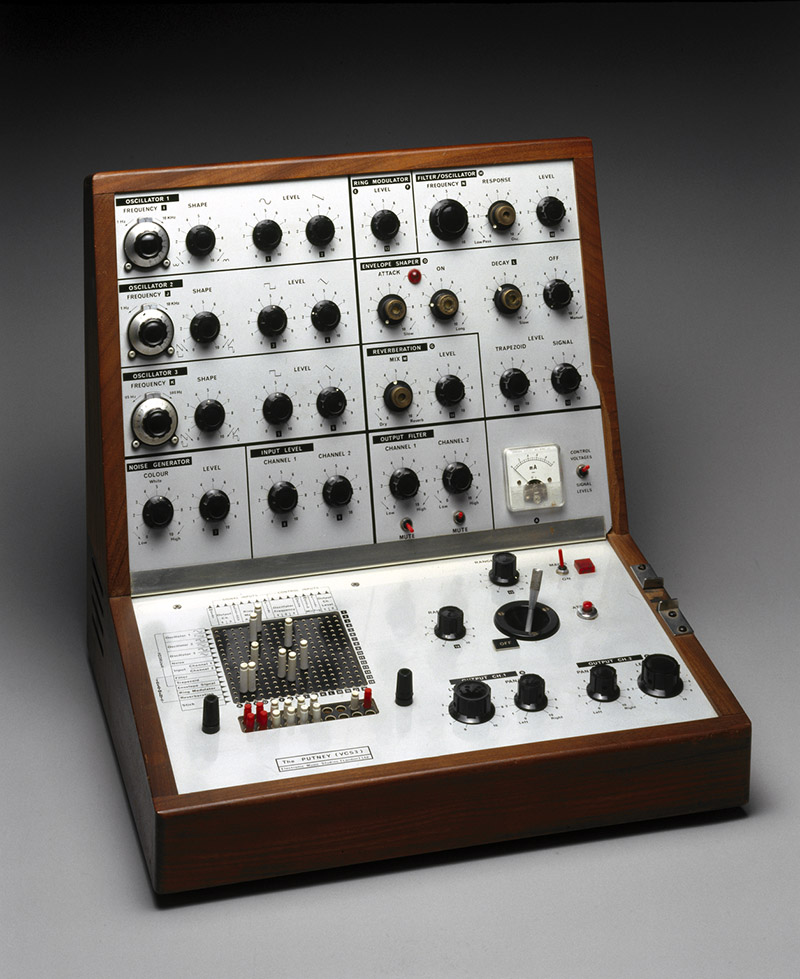
It’s difficult to underestimate the impact that the Radiophonic Workshop had in bringing electronic music and sound to people in the UK and around the world. It was the first introduction that many had to the genre, through the radio and TV programmes produced by the BBC. Listening to bite-sized snippets through theme tunes, jingles and exciting sound effects via a national broadcaster made people more comfortable with an increasingly technical and electronic future sound.
Many of the Radiophonic Workshop’s albums can be found on YouTube, including BBC Radiophonic Music, BBC Radiophonic Workshop – 21, and lots of sound effects records, if you want to listen to their highlights.
The upcoming 2021 exhibition Sonic: Adventures in Audio will feature a section on the Radiophonic Workshop, with objects from the archive on display, as well as TV clips and a sound effects jukebox to enjoy. More information about the exhibition will be announced soon.